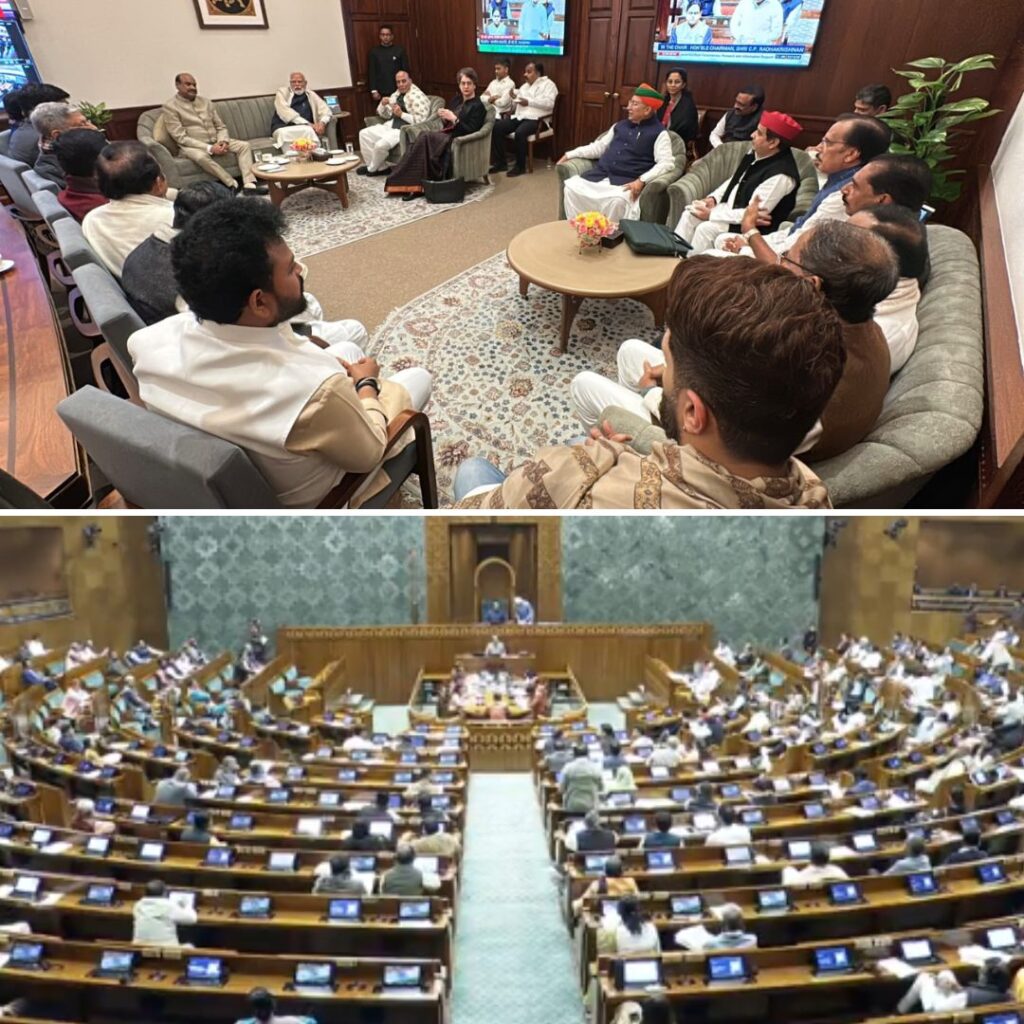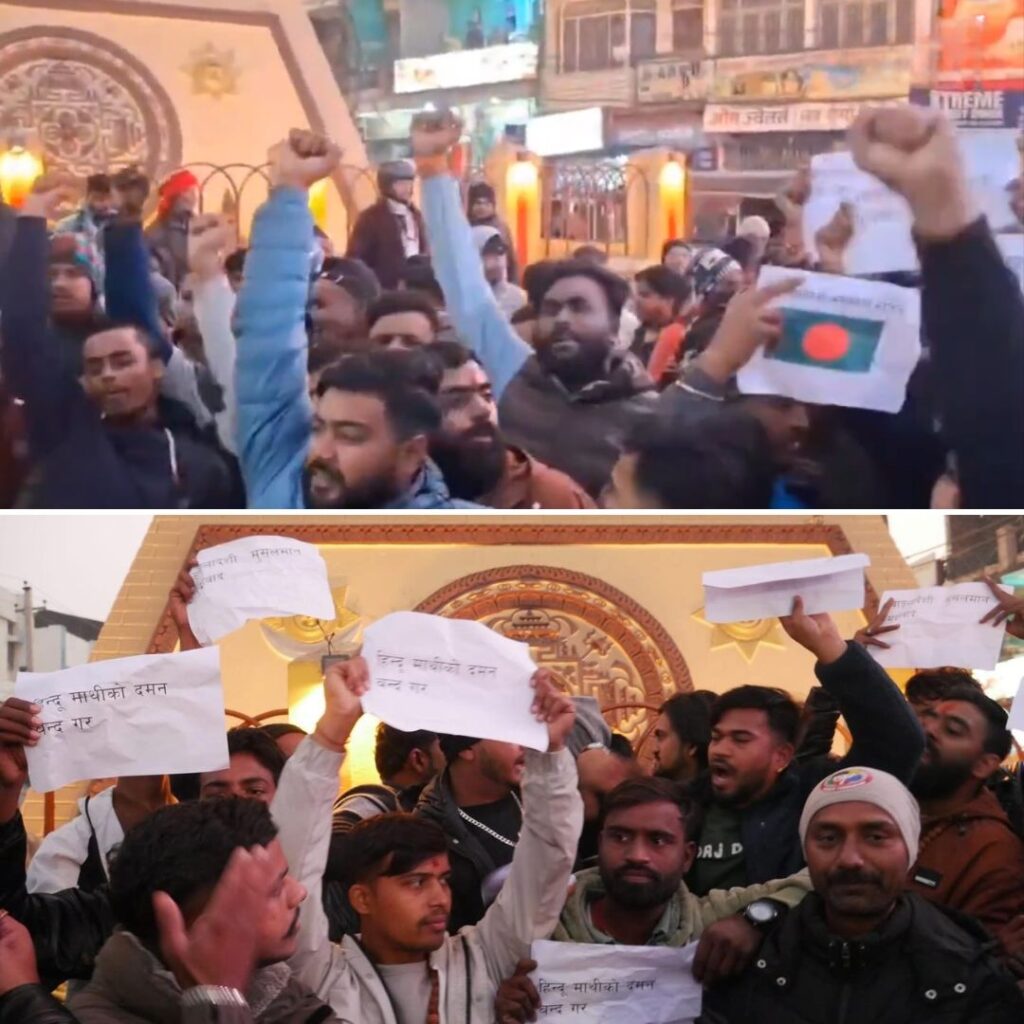In her Budget 2020 speech, Finance Minister Nirmala Sitharaman said that the budget aims to boost people’s income, purchasing power. She further stated that the budget focuses on the youth, women, SC, ST and all the minorities of the country.
The Budget 2020 has 3 central themes – Aspirational India, Economic Development and Caring Society.
The third theme ‘Caring Society’ focuses on women & child, social welfare, culture and tourism and also on the environment and climate change.
‘I am pleased to inform the House that ‘Beti Bachao Beti Padhao’ has yielded tremendous results. Gross enrolment ratio of girls across all levels of education is now higher than boys. At the elementary level, it is 94.32 % as against 89.28% for boys. At Secondary level, it is 81.32 % as compared to 78 %, At higher secondary level girls have achieved a level of 59.70 % as compared to 57.54 % for boys,’ said Sitharaman.
However, there lies a grossly different tale of truth.
Prime Minister Narendra Modi stood on a stage in Panipat, Haryana, and launched the Beti Bachao Beti Padhao scheme on January 22, 2015. He urged the audience to treat their sons and daughters equally.
The initiative had 3 main aims: Prevention of gender-biased sex selective elimination, Ensuring survival & protection of the girl child, Ensuring education and participation of the girl child.
The discontent of the opposition had rung out in the parliament as soon as Sitharaman announced the ‘tremendous results’ that this scheme had yielded.
The outrage is not ill-founded.
Prevention of gender-biased sex-selective elimination
The first agenda of ‘Beti Bachao Beti Padhao’ was to improve the sex ratio at birth (SRB) in gender critical districts by ten points in a year.
On July 22, 2019, it was reported that not a single girl was born in 16 villages in Uttrakhand in the last six months, with authorities suspecting that health facilities were conducting illegal sex determination tests and abortions.
Official data revealed last week that 947 children were born across 500 villages in Uttarakhand state’s Uttarkashi district. Among 200 such births in 132 villages, none was a female child.
The Uttarkashi district administration has marked the 132 villages as a ‘red zone’ and a team of 25 officials has been formed to investigate the matter.
‘Officials have been asked to find out the truth. It goes against our Beti Bachao Beti Padhao campaign,’ India Today quoted CM Trivendra Singh Rawat as saying.
‘Of the 132 villages surveyed, 82 showed a higher rate of deliveries, so we will investigate those villages first,’ Uttarkashi’s District Magistrate Ashish Chauhan said.
Haryana, however, shows signs of winning the battle.
Haryana has historically had one of the lowest sex ratios in the country. It had 833 girls for 1,000 boys at birth in 2011, according to the government’s Civil Registration System (CRS) data.
Haryana registered an increase of 52 points in sex ratio at birth in the last five years, from 871 girls for every 1,000 boys in 2014 to 923 girls in 2019.
Ensuring that there is no place for sex determination centres within the state, clamping down those in the adjoining states were some of the measures taken.
It has effectively utilised provisions in the Pre-Conception and Pre-Natal Diagnostic Techniques (PCPNDT) Act and Medical Termination of Pregnancy (MTP) Act, the laws which existed for long but lacked effective implementation.
Ensuring survival & protection of the girl child
Girls in India battle safety issues on an everyday basis.
Being a girl in India is synonymous with fear – a fear that lurks in dark alleys and public spaces. As per the findings of Save the Children’s ‘World of India’s Girls 2019 (WINGS 2019) Report,’ 60% of girls feel unsafe in areas with inadequate lighting.
In a country, where heads of government like Yogi Adityanath, continue to objectify and demean women, relegating them to second-class citizenry, gender inequalities and underlying nature of patriarchy, crimes against girl children have become a norm.
Child marriage is yet another glaring issue due to which girls find themselves at the receiving end of sexual exploitation at an age when they should be going to school.
The NITI Aayog’s SDG Index 2019-20 says that the UT of Jammu & Kashmir has the lowest rate of sexual crimes against girl child to the total crimes against children at 14.79 %, while Himachal Pradesh performed worse with 35.84%.
According to the Crime in India Report, 2017, the proportion of sexual crimes against girl children to total crimes against children is about 59.97%.
The report was quietly uploaded on the National Crime Records Bureau (NCRB) website a few days ago but was first noticed on October 21, 2019. According to it, the number of girls under 6 who were raped stood at 298.
Madhya Pradesh recorded the highest number of missing children in the country in the year 2017, contributing about 16 per cent of all…












